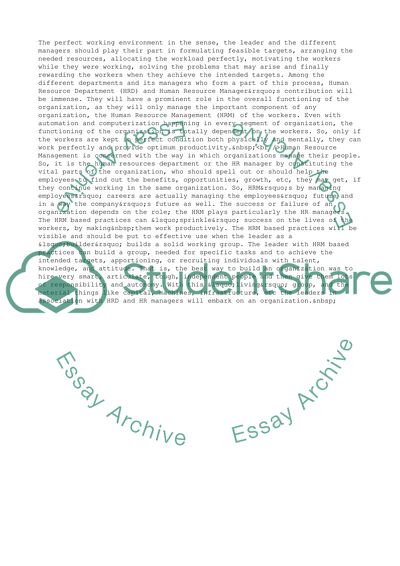Cite this document
(Human Resource Management Coursework Example | Topics and Well Written Essays - 2250 words - 4, n.d.)
Human Resource Management Coursework Example | Topics and Well Written Essays - 2250 words - 4. https://studentshare.org/management/1718581-human-resource-management
Human Resource Management Coursework Example | Topics and Well Written Essays - 2250 words - 4. https://studentshare.org/management/1718581-human-resource-management
(Human Resource Management Coursework Example | Topics and Well Written Essays - 2250 Words - 4)
Human Resource Management Coursework Example | Topics and Well Written Essays - 2250 Words - 4. https://studentshare.org/management/1718581-human-resource-management.
Human Resource Management Coursework Example | Topics and Well Written Essays - 2250 Words - 4. https://studentshare.org/management/1718581-human-resource-management.
“Human Resource Management Coursework Example | Topics and Well Written Essays - 2250 Words - 4”. https://studentshare.org/management/1718581-human-resource-management.


